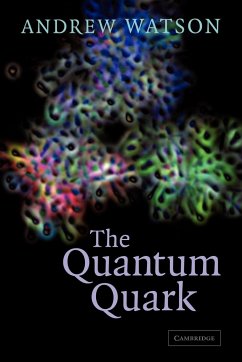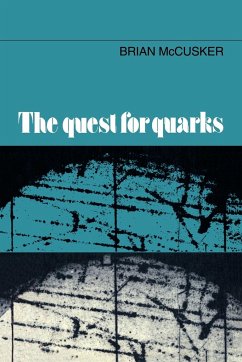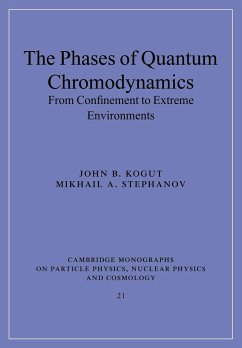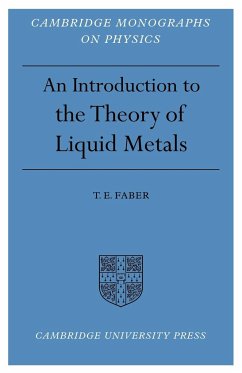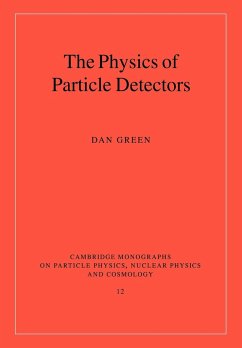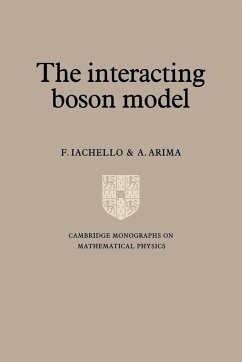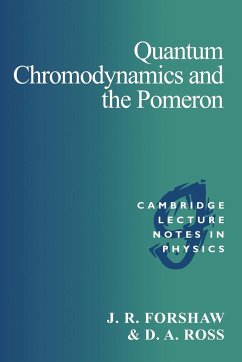
Gravitational Experiments in the Laboratory
Versandkostenfrei!
Versandfertig in 1-2 Wochen
54,99 €
inkl. MwSt.

PAYBACK Punkte
27 °P sammeln!
An account of the experiments used to explore the nature of universal gravitation that can be performed in a laboratory.This book provides an up-to-date account of the precise experiments used to explore the nature of universal gravitation that can be performed in a terrestrial laboratory. The experiments required are at the limits of sensitivity of mechanical measurements. The problems of experiment design are discussed, and critical accounts given of the principal experiments testing the inverse square law and the principle of equivalence, and measuring the constant of gravitation. An analys...
An account of the experiments used to explore the nature of universal gravitation that can be performed in a laboratory.
This book provides an up-to-date account of the precise experiments used to explore the nature of universal gravitation that can be performed in a terrestrial laboratory. The experiments required are at the limits of sensitivity of mechanical measurements. The problems of experiment design are discussed, and critical accounts given of the principal experiments testing the inverse square law and the principle of equivalence, and measuring the constant of gravitation. An analysis of the effects of noise and other disturbances is also provided, further highlighting the care that is needed in experimental design and performance. The motivation for undertaking such experiments is also discussed. The book will be of value to graduate students, researchers and teachers who are engaged in either theoretical or experimental studies of gravitation, and who wish to understand the nature and problems of laboratory experiments in this field.
Table of content:
1. Introduction; 2. The linear oscillator driven by thermal noise and with electrical damping; 3. External sources of noise, and design of experiments; 4. The weak principle of equivalence; 5. Verification of the weak principle of equivalence for free particles; 6. Newtonian attractors of extended bodies; 7. Experimental tests of the inverse square law; 8. The constant of gravitation; 9. Conclusion; References; Index.
This book provides an up-to-date account of the precise experiments used to explore the nature of universal gravitation that can be performed in a terrestrial laboratory. The experiments required are at the limits of sensitivity of mechanical measurements. The problems of experiment design are discussed, and critical accounts given of the principal experiments testing the inverse square law and the principle of equivalence, and measuring the constant of gravitation. An analysis of the effects of noise and other disturbances is also provided, further highlighting the care that is needed in experimental design and performance. The motivation for undertaking such experiments is also discussed. The book will be of value to graduate students, researchers and teachers who are engaged in either theoretical or experimental studies of gravitation, and who wish to understand the nature and problems of laboratory experiments in this field.
Table of content:
1. Introduction; 2. The linear oscillator driven by thermal noise and with electrical damping; 3. External sources of noise, and design of experiments; 4. The weak principle of equivalence; 5. Verification of the weak principle of equivalence for free particles; 6. Newtonian attractors of extended bodies; 7. Experimental tests of the inverse square law; 8. The constant of gravitation; 9. Conclusion; References; Index.





